Our Approach to Undefined Fixed Price Budget

Sidekick Interactive has a unique and specialized approach to dealing with software projects that are undefined or have a custom scope and a fixed-budget. We use bucket systems to help manage time and resources, which helps us stay within budget while still delivering a high-quality product. Our approach is transparent and collaborative, working with our clients and partners to figure out what can be accomplished within their budgets. By planning for risks ahead of time, we can minimize conflicts and ensure that the project remains on track.
This is where mobile apps come in. Mobile apps can help with everything from finding charging stations to paying for charging sessions. They make it easier and faster for drivers to find and use charging stations, and they help manage the billing process so drivers can pay quickly and easily.
In this article, we’ll take a look at some of the key functions of mobile apps for EV-charging networks, as well as some case studies of how they’ve been used successfully. We’ll also explore some of the challenges faced while developing these apps, and look ahead to what the future holds for mobile app-based EV charging.
Clients That Have a Good Idea, but Broad Specifications
The Traditional Way of Dealing With This (Fixed Price-Fixed Scope)

The upfront planning and design work that is done in the early stages of a software development project is critical to its success. This is when the bulk of the time and effort is invested in understanding the client’s needs and designing a system that will meet those needs. It’s also when the team builds the foundation for future phases of the project. This is why it’s important to have a good process in place for doing this upfront work, as it can help ensure that everyone is on the same page and that the project stays on track.
Another problem is having the sales create specs and budgets, which then must be created by the development team. This is a major source of problems for custom software projects.
Why Agency Fixed Prices Are So Inaccurate
To make sure that the most important aspects of the project are given proper attention, a good software development process will typically allot 10-20% of the overall budget to planning and design. This helps ensure that the team has enough time and resources to do a thorough job, while still keeping within budget. It also allows for some flexibility, as changes may be needed during later stages of development. By investing in upfront planning, you can avoid many potential problems and save both time and money in the long run.
This means that, for a $500,000 project, we should expect to allocate $50,000-$100,000 of time and effort to planning, to be able to be precise about what can be achieved and what the outcome will be. We believe that the traditional way of doing business, by estimating workload upfront to have a fixed price, greatly underestimates the work needed to be precise, which leads to a low degree of precision.
Why Fixed-Price Fixed-Scope Are Bad for Everyone
When it comes to a fixed-price fixed-scope budget, it’s a lose-lose proposition for both the client and the agency. For the client, it means that they may not get all the features they want or that the finished product may not meet their expectations. This can be especially frustrating when changes are made during later stages of development, as the client may feel like they’re not getting their money’s worth.
For the agency, it means that they may not be able to deliver a project that meets the client’s expectations within the given budget. This can lead to delays, frustration, and even canceled projects. In some cases, it can also damage the agency’s reputation and make it difficult to win future contracts.
In short, a fixed-price fixed-scope budget is a lose-lose proposition for everyone involved. It’s important to remember this when making decisions about your next project, the only way that a fixed price budget is a win-win is when the fixed scope is dead-on, which, as explained earlier, would be a random occurrence.
The Way Sidekick Interactive Approaches These Situations
Sidekick Interactive uses a bucket budget system to help manage and plan projects. This allows us to allocate time and resources to specific tasks, which helps us stay within budget while still delivering a high-quality product.
One of the problems with working with a fixed-price budget is that it’s difficult to accurately estimate the amount of time and effort needed to complete a project. This is especially true for custom software development, where there are so many unknowns. By using buckets, we can break down the project into specific tasks that can be more easily estimated based on our experience and industry best practices. This helps us stay within budget while still delivering a product that meets the client’s needs.
When it comes to working with budget buckets, Sidekick Interactive takes a unique approach. Rather than starting at the beginning and trying to estimate how much budget we need for a certain project, we work backward and allocate certain percentages of the client’s total budgets to certain buckets. By taking this approach, we can ensure that the project stays on track and that the client gets what they want in the end. We also believe that transparency is key, which is why we always work with our clients and partners to figure out how much work of a roadmap we can accomplish within their budgets. This helps us stay within budget while still delivering a high-quality product. Therefore, we work with the clients to create the scope based on the available budget and the project objectives.
To account for the uncertainties inherent in software development projects, it is often necessary to budget for additional time and resources. This is known as a contingency reserve, and it allows the project team to deal with unforeseen problems and changes without having to go back to the client for additional funding. A contingency reserve of 10-20% of the total project cost is typical in the software development industry. This allows the team to handle most unexpected events without causing delays or financial problems.
However, even with a contingency reserve in place, there are always risks associated with any software development project. Unanticipated problems can still arise, which may require additional time and resources to resolve. In some cases, it may even be necessary to renegotiate the project budget or timeline with the client. By planning for these risks ahead of time, and derisking the project as much as possible in the planning phase, the project team can minimize the potential for conflicts and ensure that the project remains on track.
Why Our Approach Allows Us to Create Apps With Different Budgets
Building a 3-bedroom home for $200,000 or $1,000,000 can depend on many factors, including the size of the home, the quality of the materials, and the quality of service and speed. The same is true for software development projects; costs can vary widely depending on many factors, including the features and functionality of the app, the complexity of the code, and the level of support and maintenance required.
One way to think about it is that building a 3-bedroom home for $200,000 is like building a simple app with limited features, while building a 3-bedroom home for $1,000,000 is like building a more complex app with more features. In both cases, the home will be functional and meet the needs of the client, but the level of luxury and amenities will be different.
The bottom line is that software development projects are not one-size-fits-all; costs can vary widely depending on the needs and requirements of the client. That’s why Sidekick Interactive takes a custom approach to every project we undertake, working closely with our clients to figure out what they need and want from their app. By taking this approach, we can ensure that our clients get the most value for their money without compromising on quality or features.


